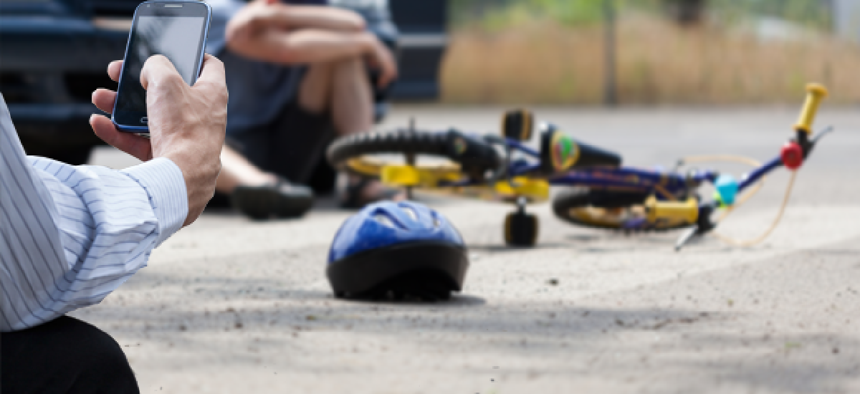California’s first responders locate callers faster, more accurately

A cloud-powered, web-based mapping tool harnesses data from Apple and Google to track people within meters of their location.
It’s likely your cell phone is less than a foot away from you right now. So, if you had an emergency, it makes sense your cell is what you’d reach for to dial 911. But the problem with using a mobile device (instead of a landline) to call emergency services has been that dispatchers could only track a caller to the nearest cell phone tower – meaning precious time lost when trying to send help to those that couldn’t give their location.
Transforming 911 for Safer Communities
California Office of Emergency Services
Click here for all the 2020 Public Sector Innovation winners
“The public had this perception that we would know where they were with the level of accuracy of an Uber driver or the pizza guy, and that just wasn’t the case,” said Budge Currier, 911 Emergency Communications Branch Manager for California Governor’s Office of Emergency Services (Cal OES). California receives 81 percent of its 27 million emergency calls from cell phones, making this a major issue for first responders; they asked Currier’s office for a better system.
After Cal OES researched all the options, they partnered with RapidDeploy to implement a cloud-powered, web-based mapping tool that harnesses data from Apple and Google to track a person within meters of their location. “The accuracy is down to about 10-17 meters in radius,” Currier said. “We’re literally down to the house and the room in the house you are in. Before we would just roughly know the street or neighborhood.”
It also provides real-time location updates if the caller is on the move (helpful in cases of abduction or road rage, Currier said) as well as two-way texting so dispatchers can text questions to callers if they hang up unexpectedly. The texting feature has been crucial for victims of domestic abuse this year – many of whom have been quarantined with their abusers because of the pandemic and may not want to risk being heard talking to a dispatcher. The two-way text function can also translate 60 languages in real-time.
Getting the technology integrated into each call center’s technology “couldn’t have been easier,” Currier said. “From when we walk into the door … to install the equipment to when the equipment is installed takes about 45 minutes and the training session with the responders takes about 30 minutes. We literally had places where we went in and had it installed and people trained within an hour.”
While it is impossible to calculate how many lives the new technology is saving in California, it is clearly having an impact. Kings County, Calif., officials recounted an incident where an accident victim survived only because of RapidDeploy: "We received a 911 call from a male that had crashed into a ditch that had water in it and was filling up his car. He could not get out. He was diabetic and his blood sugar was low. He was disoriented and could not tell us where he was. Since it was a 911 call, RapidDeploy pinged his location within 5 meters and we were able to get him help.”
NEXT STORY: 21 Public Sector Innovation award winners





